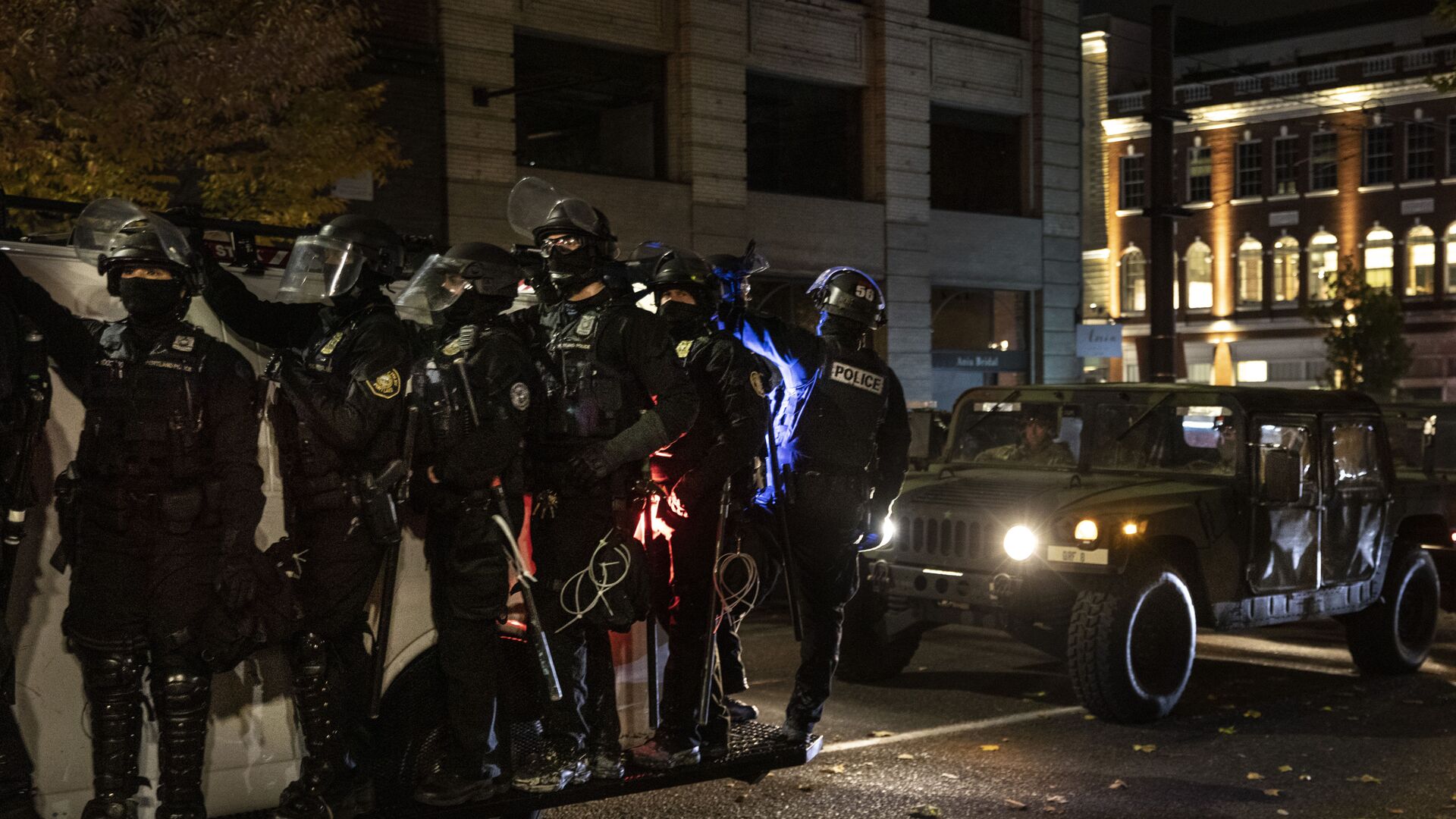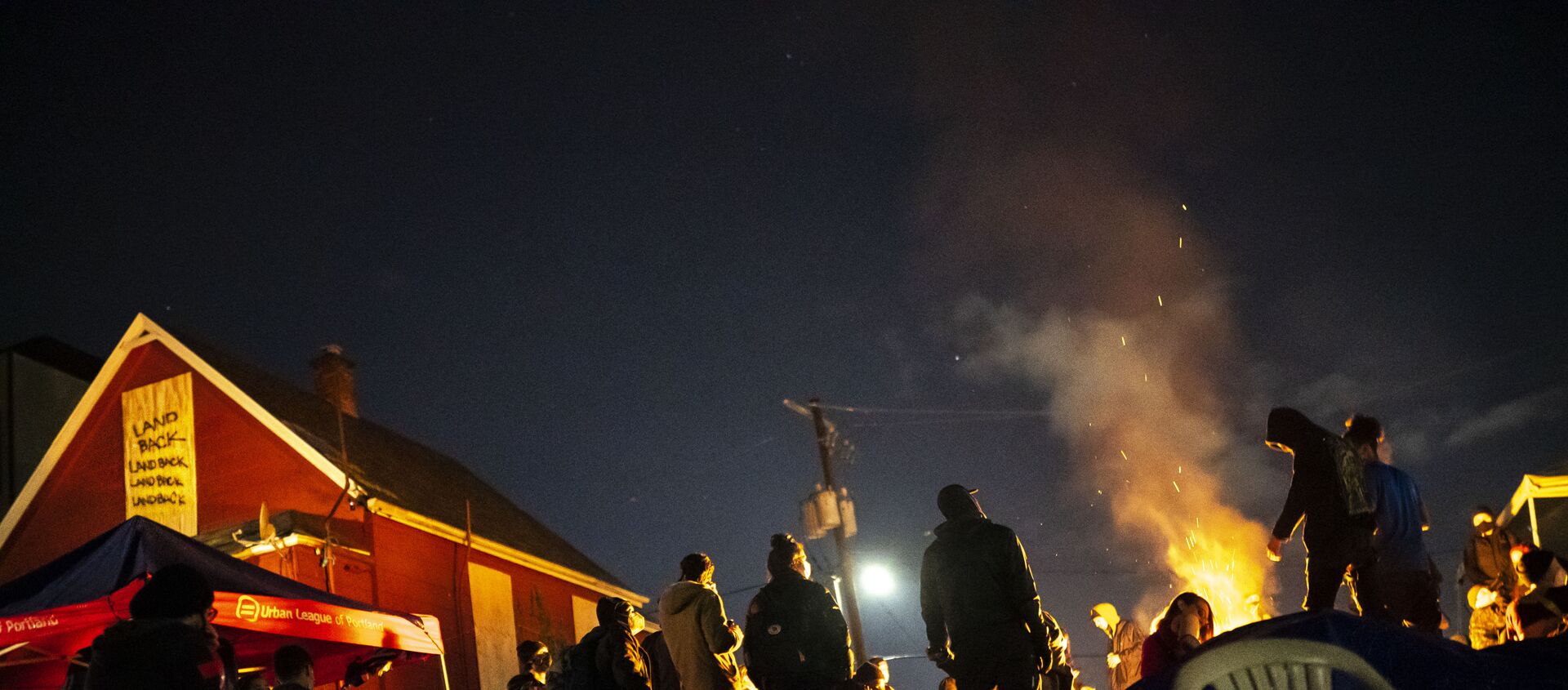Major cities and communities in the United States that decreased their police department budgets last year, in part as a result of police-involved shootings, have seen a rise in certain crimes over the past year, Fox News reported.
The report comes in light of cities, like Los Angeles, Minneapolis, New York City, Portland, Oregon, and Austin, Texas, diverting money from police forces to social welfare agencies following last year's protests against police violence. As a result of the cuts, some departments have had to lay off staff, cancel recruitment sessions, or scale back their hiring targets.
According to Fox News, the nationwide protests and civil unrest that erupted following the death of Black man George Floyd while in police custody last May are widely credited with sparking the campaign to defund police.
However, some funding cuts were already planned as a result of the COVID-19 pandemic's alternative funding needs, the report notes.
Since the initial budget cut diverting $1.1 million from the police in July 2020, there have been 49 percent more homicides in Minneapolis: 58 murders between 22 July 2020, and 28 March 2021, compared to 39 registered year-on-year, the local police department's statistics show.
Total violent crime rose by 22% year-on-year between 22 July 2020, and 28 March 2021, from 3,025 to 3,692.
In Portland, Oregon, the overall number of homicides has more than tripled year-on-year, according to police bureau data. Homicides increased by almost 271 percent between July 2020, when the city's budget cuts of approximately $16 million from the local police were enacted, and February of this year, per the most recent data available.
For its part, the New York City Council voted in July to redirect $1 billion from the NYPD budget in 2021 and instead spend it on education and social services. The cuts forced the department to relinquish oversight of school security.
According to NYPD crime statistics, murders in New York City are up 11.8 percent year-to-date as of 21 March, with 76 registered this year compared to 68 in 2020. This year, the number of shootings increased by more than 40 percent, with 220 registered as of 21 March compared to 157 at the same time last year.
US federal statistics data, published in a January study by the non-governmental organisation, Council on Criminal Justice, shows that in 2020, the number of homicides increased dramatically, as did the number of aggravated assaults and gun assaults. Homicide rates were 30 percent higher in 2019 than in 2018, marking a record rise of 1,268 deaths in the study of 34 cities, including major areas and some of the smallest towns.
However, while the extent of this "rise in violence is alarming, absolute rates of homicide remain well below historical highs". "In 2020, the homicide rate was 11.4 deaths per 100,000 residents in sample cities; 25 years earlier, in 1995, the rate was 19.4 per 100,000 residents", the report says.
Summer Upheaval
Last year was marked by social upheaval and the rise of protest movements in the United States, including the Black Lives Matter (BLM) movement's demonstrations against racism and police brutality. As the protests spread nationwide, calls to "defund the police" emerged, with some even demanding a complete dissolution of law enforcement agencies and the transfer of the right to use force to local communities.
Summer civil unrest quite often resulted in open riots, leading to property damage, arson, looting, and, as a result, business closures. In some areas, businesses suffered millions of dollars in losses from destroyed property and shoppers who stayed away, according to media reports.
Similar events took place in Seattle, where protesters formed the so-called "Capitol Hill Autonomous Zone", or "CHAZ", around an abandoned police precinct. The city authorities were initially supportive of it, but three weeks later forcefully reclaimed the area when it spawned an upsurge of criminal violence, including four shootings that left two teenagers dead, reports stated back then.



